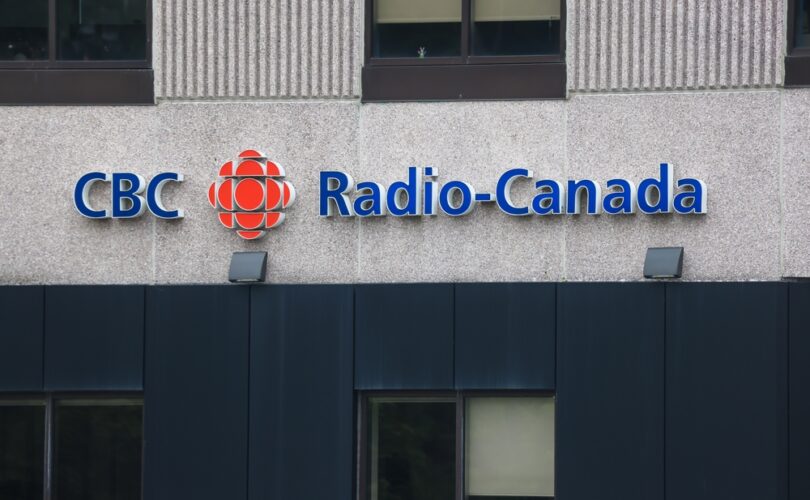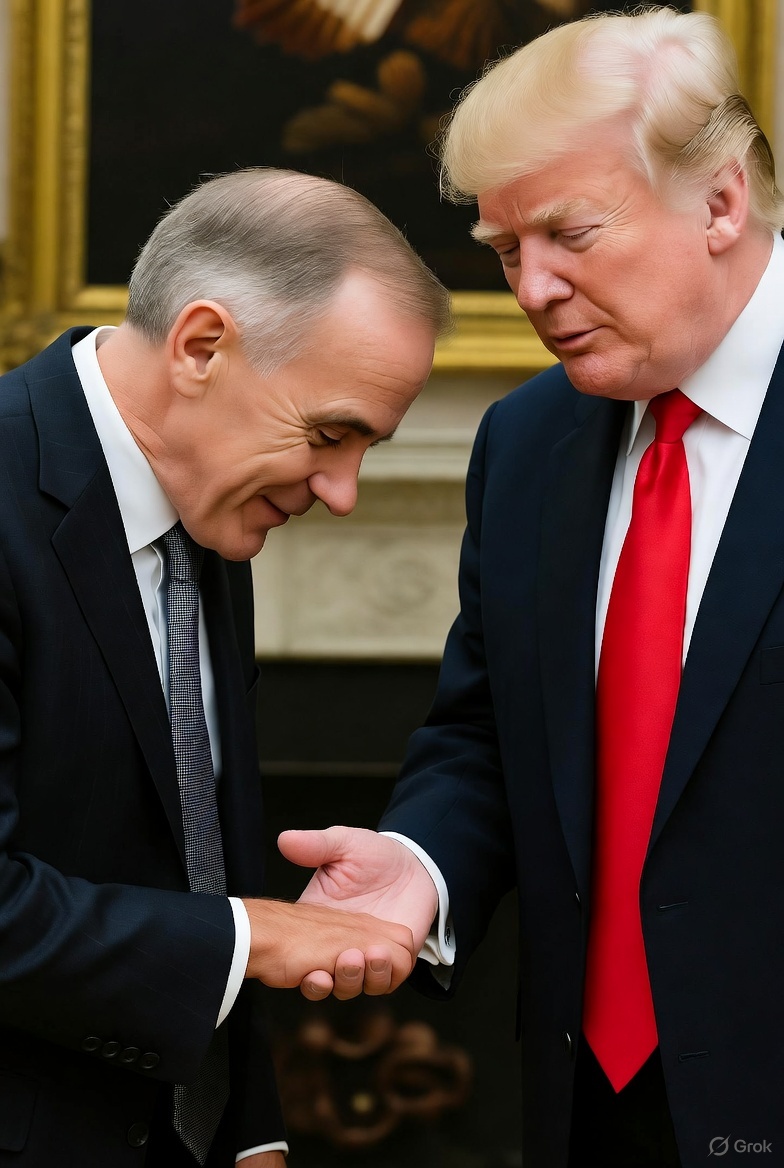Explore the impact of the Canadian Department of Health on government-funded mainstream media outlets, including the issuance of corrections and the requirement to provide a rebuttal opportunity to the federal government.
In recent years, concerns have been raised about the influence exerted by the Canadian Department of Health on government-funded mainstream media outlets. The Department has issued numerous notices to media organizations, urging them to issue corrections and comply with certain conditions as a prerequisite for receiving taxpayer funds. This article delves into the implications of these actions and the potential effects on journalistic freedom and media integrity.
Is the Censorship Industrial Complex Threatening Free Speech?
The Canadian Department of Health’s Influence: Since 2018, the Canadian Department of Health has sent out 269 notices to media outlets, demanding corrections to their stories. This number includes 65 notices issued in the past year alone. The requested corrections have ranged from clarifications on drug-related matters to minor typographical errors, as reported by Blacklock’s Reporter, an independent news outlet.
Media Outlets and Corrections: Prominent media organizations such as the Canadian Press, Globe & Mail, National Post, Toronto Star, Hamilton Spectator, Winnipeg Free Press, Whitehorse Daily Star, and Medicine Hat News have all received correction notices from the Canadian Health Department. These corrections are seen as an attempt to maintain accuracy and accountability in media reporting. However, some critics argue that this level of involvement raises concerns about potential interference with journalistic independence.
Challenges to Press Freedom: Senator Paula Simons has expressed her concerns about the implications of granting regulatory powers, even indirectly, to those who may have differing opinions or biases. Drawing on her own experience as a journalist, Simons highlights that factual errors are often perceived as disagreements rather than genuine inaccuracies. These concerns underscore the importance of safeguarding the freedom of the press and preserving its role as a pillar of democracy.
The freedom to think is being threatened
Government Funding and Media Compliance: In 2019, the Income Tax Act was amended to provide payroll rebates and digital subscription tax credits to “qualified Canadian journalism organizations.” To qualify, news agencies must adhere to the Canada Revenue Agency’s guidance on supporting journalism. Among the requirements outlined in the necessity to provide a rebuttal opportunity for those being criticized, including the Canadian government. While this provision aims to promote balanced reporting, it raises questions about the potential for self-censorship and biased narratives.
Impact during COVID-19: During the COVID-19 pandemic, government-funded Canadian mainstream media outlets faced accusations of suppressing negative stories related to lockdowns and vaccines. A former journalist from the state-funded Canadian Broadcasting Corporation (CBC) revealed that reporters were discouraged from covering critical stories and instead encouraged to promote government “propaganda.” This revelation adds another layer of concern regarding the potential influence exerted by the government on media narratives during times of crisis.
Controlled Journalism and Narrative Manipulation: In recent incidents, mainstream media outlets have continued to attribute the Canadian wildfires solely to “climate change,” despite evidence suggesting arson as a significant cause. This narrative aligns with the Trudeau government’s agenda to impose stricter regulations on natural resource usage. Such instances have led retired Canadian Colonel David Redman to describe legacy media outlets as “ministries of propaganda.” Former mainstream media employees have also voiced similar sentiments about their previous employers.
Conclusion: The Canadian Department of Health’s role in overseeing government-funded mainstream media outlets raises important questions about journalistic independence, media integrity, and the potential for narrative manipulation. While the intention may be to ensure accuracy and fairness in reporting, critics argue that such oversight can compromise press freedom. Balancing the need for accountability with the preservation of a free press remains a challenge. Continued vigilance and open discussions are crucial








